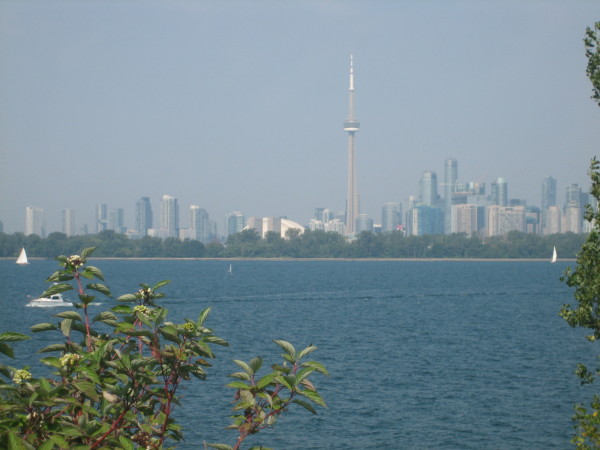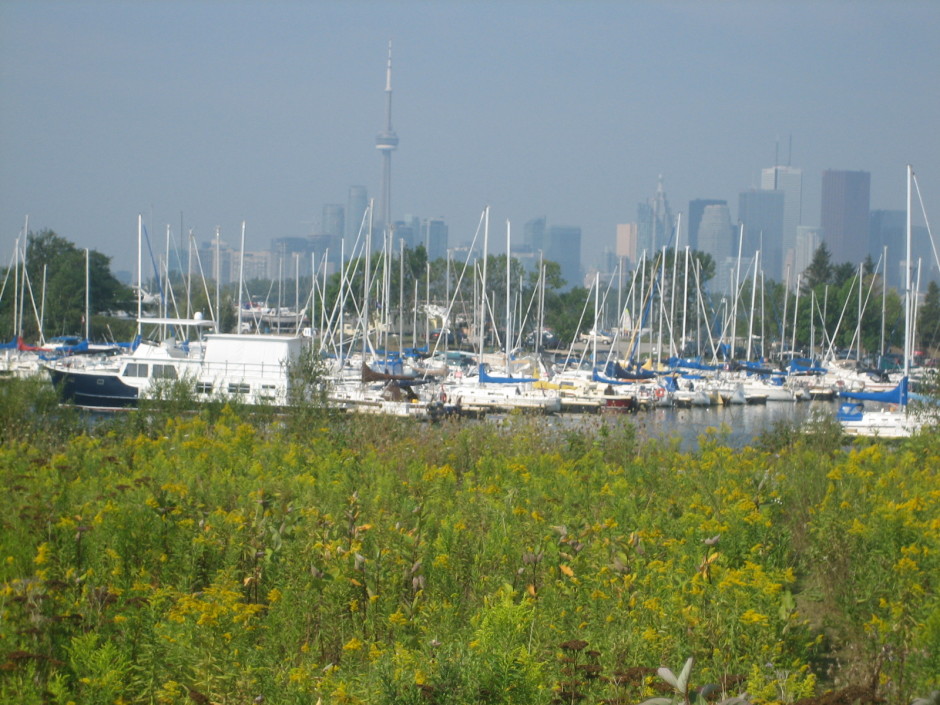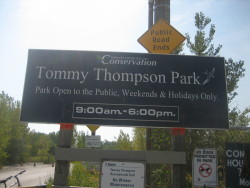
Tommy Thompson Park, a narrow peninsula jutting five kilometres into the chilly waters of Lake Ontario, lies within plain view of the gleaming skyscrapers of Toronto. But once you’ve set foot on it, you’re transported to a soothing world of sylvan splendour far from the noise and grit of the city.
Visible from certain vantage points such as Lakeshore Boulevard and the Toronto Islands, it’s an unspoiled, car-free urban wilderness more than 500 hectares in size.
Alternatively known as the Leslie Street Spit, it was conceived not as a nature reserve but as a breakwater for a planned outer harbour after the opening of the St. Lawrence Seaway in 1959. With containerization having revolutionized the shipping industry in the early 1960s, the need for an outer harbour vanished.
As a result, the Leslie Street Spit — originally a long, slender finger of land which adventurous Torontonians used as a beach — began fulfilling a different function. Given the building boom, it was turned into a disposal site for dredged sand from the outer harbour and surplus fill from construction sites in and around Toronto.
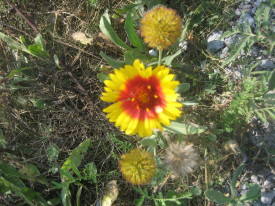
As more earth and rubble were dumped on it over successive decades, the peninsula became more than just a mere land fill, evolving into a peaceful preserve of wildflower meadows, cottonwood and poplar forests and coastal marshes.
The southern part of the peninsula is still used as a dumping ground for discarded construction materials, but the rest of it has been overtaken by trees, plants, flowers, birds and mammals.
On a wonderful late summer morning, the kind you want to bottle and save for the gloom of autumn, my two daughters and I cycled to the park, which is open to the public on weekends and holidays.

Since vehicles are banned from the park on these days, you can either walk, jog or cycle on the two-lane asphalt road leading to the lighthouse on the other end of the peninsula.
As we gently peddled toward the other side, passing fellow cyclists, joggers and pedestrians of all ages and sizes, we occasionally paused to take in the tranquil views. On the left was the placid deep blue lake brimming with pleasure craft. On the right was a marina and Toronto’s burgeoning skyline.
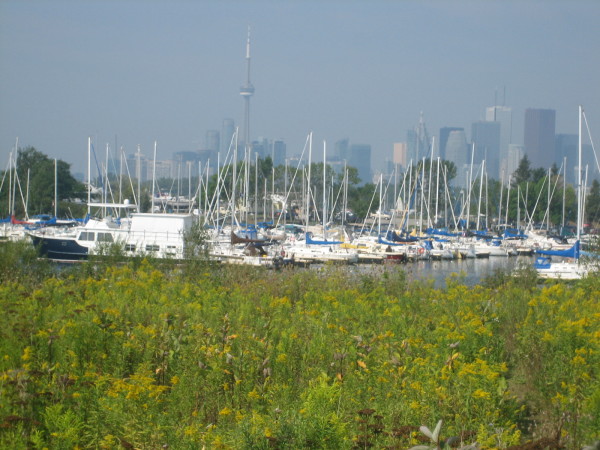
The fields on either side of the road were ablaze with clusters of goldenrod, their delicate yellow petals radiant under a hot sun.
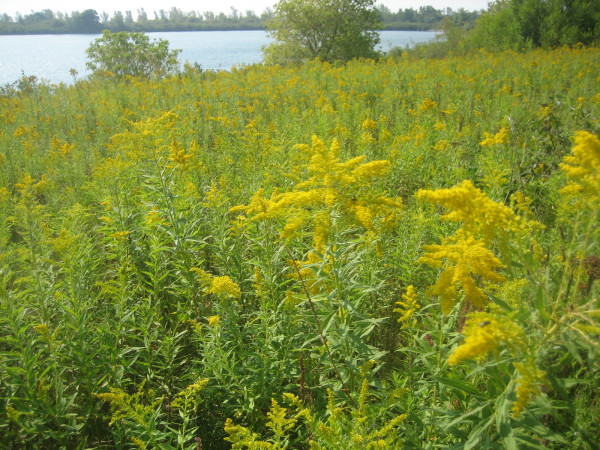
We dismounted to cross a footbridge traversing water. A sign informed us that invasive Asian carp have invaded the lake and pose a danger to native fish. Another sign told us which species of the lake’s fish can be safely consumed.

The tip of the peninsula was filled with the ugly debris of a thousand building sites — piles of scattered bricks and mounds of twisted pipes, metal and mortar-encased slabs of concrete.
If you’re reasonably nimble, you can negotiate your way past the detrius, find a flat rock to sit on and admire the sparkling waters of the lake. And if you’re imaginative enough, you might even think you’re on a fairly remote Greek isle in the Mediterranean Sea.

Riding back, we cycled down a tree-lined dirt path to the water’s edge. There, amid vistas of downtown Toronto and bobbing sailboats, I unpacked our picnic lunch — old Cheddar cheese sandwiches on white rye bread flecked with caraway seeds and smeared with a Balkan pepper and eggplant dip, hard-boiled eggs, Lebanese green olives and cherry tomatoes and fresh basil grown in my backyard garden.

As we ate, we chatted with Jim, a man of about my age who had the courage and the stamina to drive 4,000 kilometers to observe Monarch butterflies in their winter habitat high in the mountains of central Mexico. Jim had cycled to the park in the hope of catching a glimpse of Monarchs starting their annual migration from Canada to Mexico, but he hadn’t seen any so far, much to his disappointment.

On the last leg of our ride, we passed a fairly large pond bristling with bullrushes and covered with lily pads. It was idylic.
I didn’t see a trace of the abundant wildlife — the rabbits, coyotes, groundhogs, beavers and muskrats that have seamlessly merged with the landscape. But it didn’t matter. What really counted is that the peninsula had opened up its heart to us and given us a very pleasant day in the woods, just minutes away from the hustle and bustle of Canada’s biggest city.
